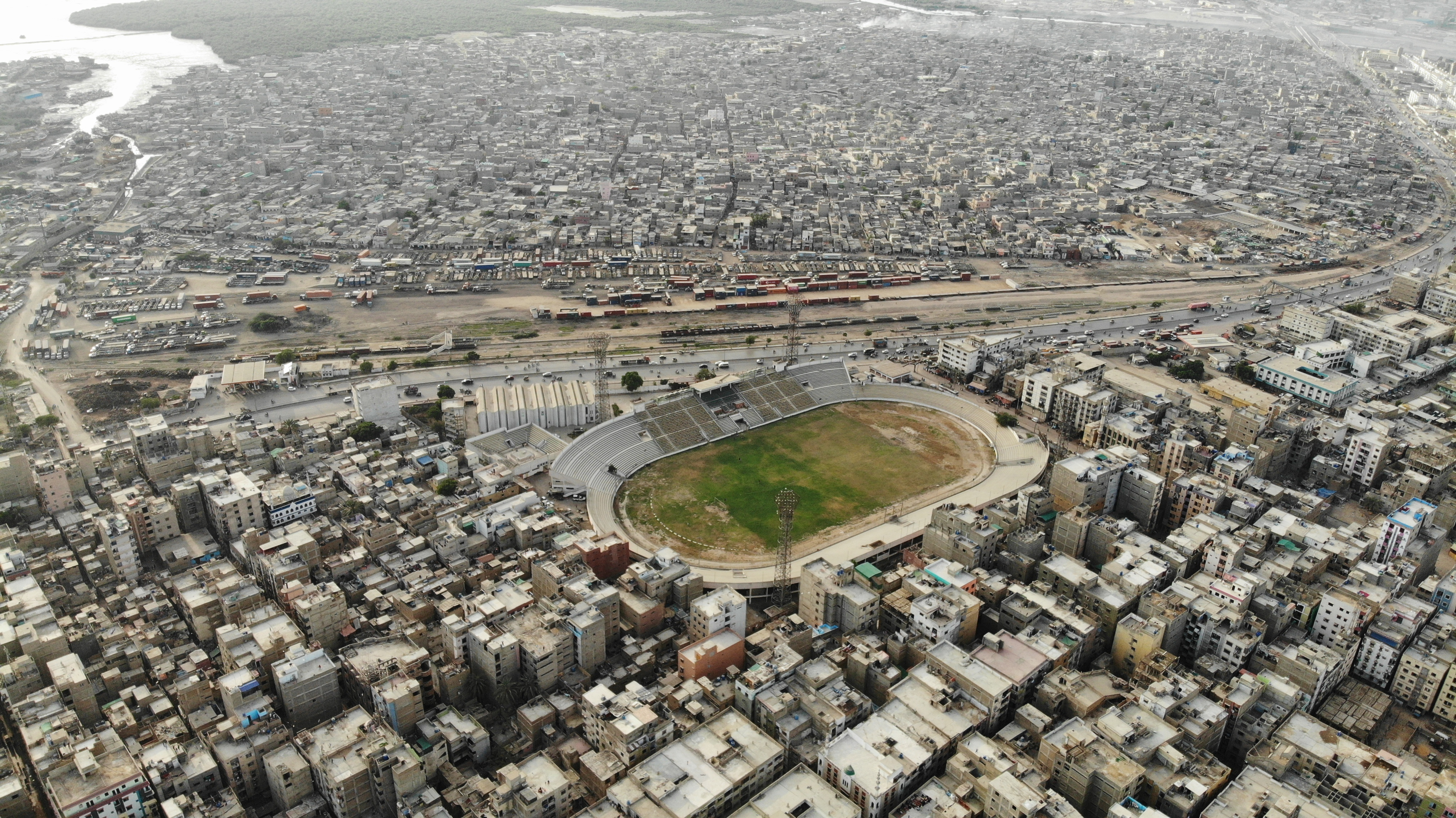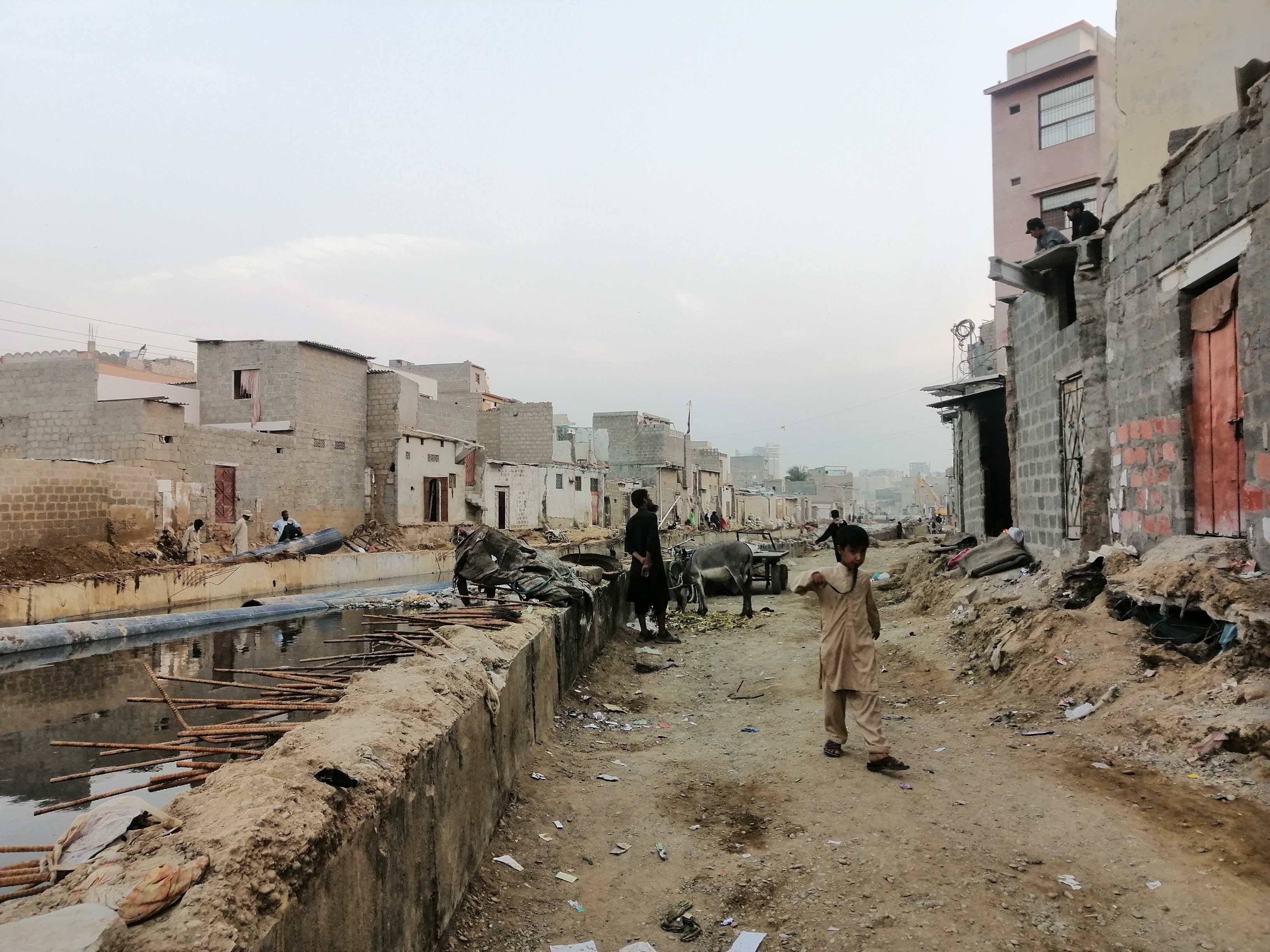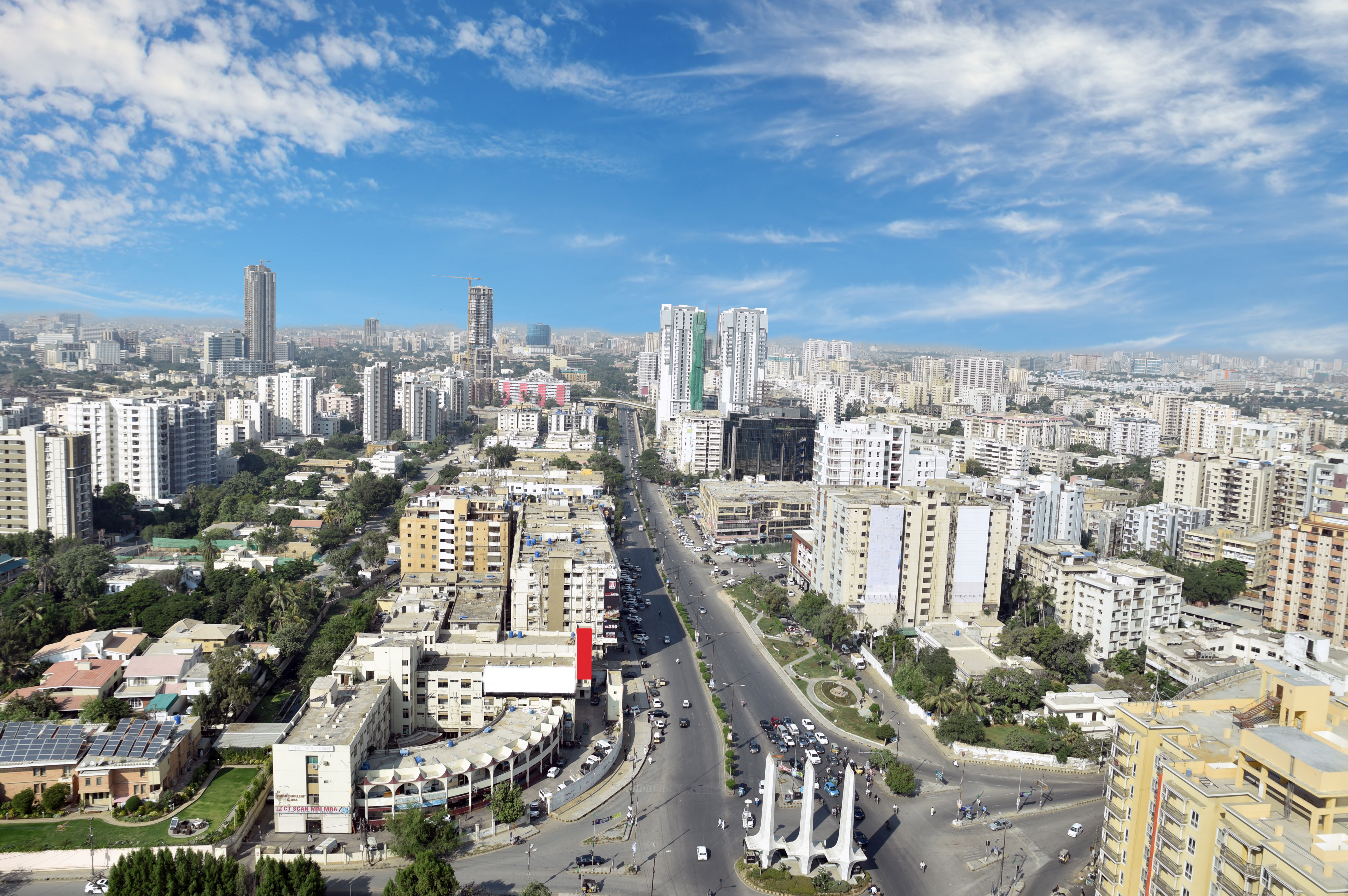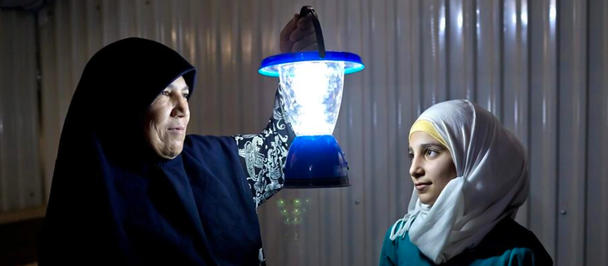Navigating disaster displacement in Asia by turning cities green
May 11, 2023

Pakistan's catastrophic floods in 2022 affected 33 million people, claimed over 1,730 lives, damaged or destroyed more than 2.2 million houses and displaced more than 8 million.
Deadly heatwaves, frequent droughts and record floods: Pakistan is ground zero in the climate emergency. As villages become unliveable, people are heading to cities, which in turn struggle with the rapid expansion alongside their own soaring temperatures and flooding.
Ali and his family abandoned their drought-hit village and joined over half a million people leaving rural areas last year for the port city of Karachi. Located on the Arabian Sea, internal migration and forced displacement has seen it grow from 1 million people in 1950 to over 23 million people today.

Karachi is one of the world's most densely populated cities with an average of more than 20,000 inhabitants per square kilometre.
The city is also vulnerable to the impact of climate change. During the monsoon, neighbourhoods and roads are submerged in flood water, public services are often suspended, and businesses are closed. Heat and humidity add to the misery of residents.
Power outages, a shortage of water, poor transportation and a lack of sanitation make daily life a challenge in the port city, especially for migrants and internally displaced persons. Because of a lack of affordable housing, Ali’s family live in an informal settlement, like half the city, far from decent work opportunities.
Urbanization, population growth and the climate emergency are defining challenges not just for Karachi, and the city's response provides a peek into a future where heatwaves and drought will become more common across the world.

The population density in Karachi's informal settlements is significantly higher than the city's average. In some places, almost 15 times higher. Residents here also have to contend with poor access to basic services like water, electricity and sanitation.
Transforming Karachi through inclusion and innovation
The United Nations Development Programme (UNDP) is prioritizing development solutions, green infrastructure, risk financing, and technology to create resilient, inclusive and sustainable cities for communities facing climate change and experiencing an influx of displaced people.
Karachi is one of the cities where UNDP supports “Social Innovation Platforms” that bring together displaced people and host communities, civic authorities, urban planners and the business sector. Innovative solutions include piloting urban forestry that reuses sewage water to irrigate trees in informal settlements, creating green spaces that not only mitigate extreme heat and air pollution but also provide opportunities for people to relax and connect with nature.
Pakistan faces some of the highest disaster and climate risk levels in the world, yet less than 1 percent of homes are insured against natural hazards. UNDP is collaborating with federal and provincial governments to develop insurance policies that protect public assets, communities, livelihoods and agricultural assets, such as in Karachi after devastating floods.

Pakistan is on the frontline of the climate crisis. Developing disaster risk reduction measures is crucial, especially as the country is likely to face increasingly violent weather.
Reimaging an urban future through AI
Technology can support climate change adaptation and risk reduction in cities by producing data and insight that improve responsive policies. UNDP’s Asia Pacific Regional Hub in Bangkok has developed a tool that uses geographic information systems (GIS) and artificial intelligence (AI) to map urban poor areas using satellite images, and combines this with community-generated data on migration and displacement, access to services like water, power and transport, and climate risks to develop community profiles.
The tool is designed to inform policies and planning in Ho Chi Minh City in Viet Nam and Metro Manila in the Philippines, and is transferrable to other urban areas without further costs. In Karachi, the UNDP tool will be combined with work that maps coastal erosion and models the scale of future climate change displacement to contribute to urban planning in poor settlements.

UNDP's tool will use geographic information systems (GIS) and artificial intelligence (AI) to contribute to urban planning in poor settlements and transform Karachi into a green, resilient and inclusive space.
Ultimately, the innovative approaches of UNDP demonstrate that building resilience to climate change displacement in urban areas requires a collaborative, inclusive and forward-thinking approach that values community participation, sustainable infrastructure and anticipatory policy responses.
By transforming cities like Karachi into green, resilient and inclusive spaces, we can ensure a sustainable and prosperous future for all, particularly displaced people and marginalized communities in the Asia-Pacific Region.

 Locations
Locations



